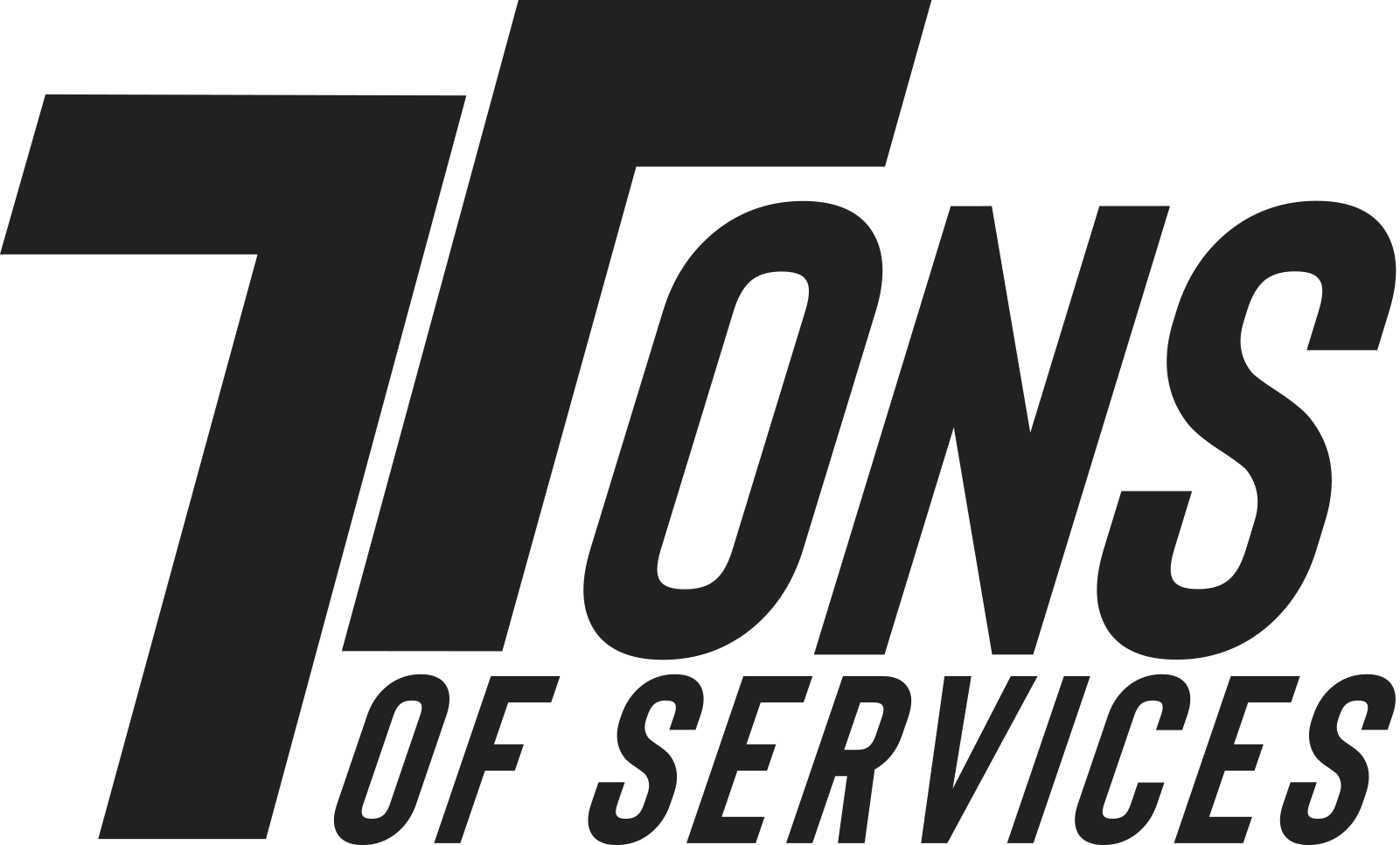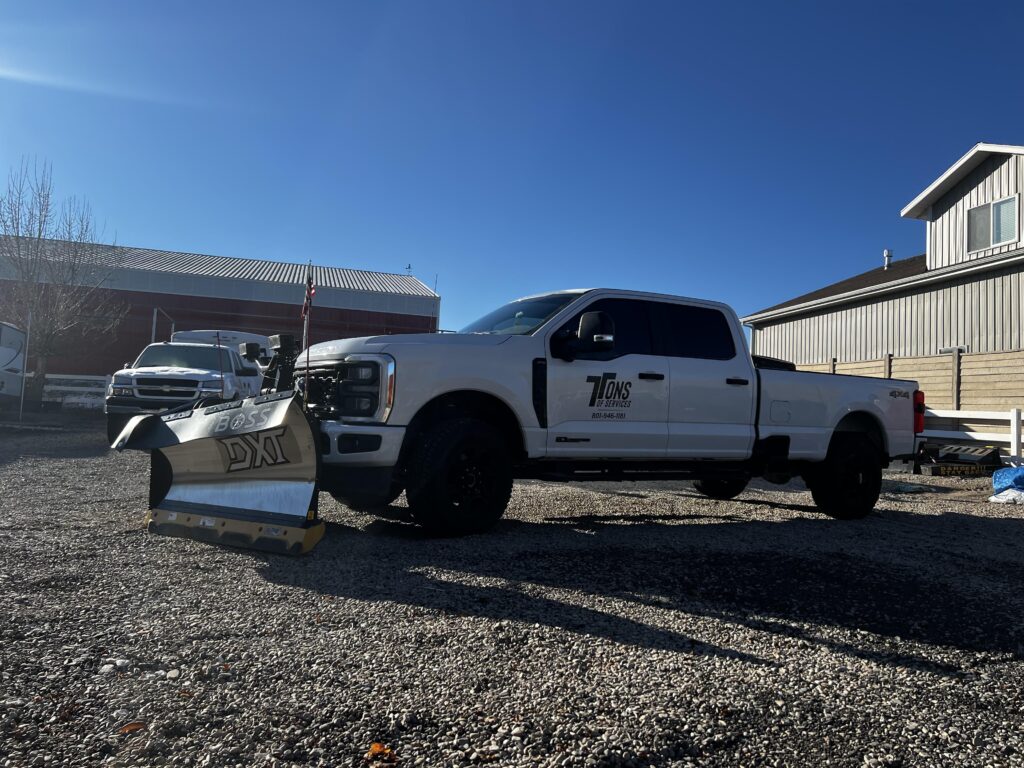Winter weather can present significant challenges for businesses, especially when it comes to keeping parking lots, sidewalks and entryways safe. Proper snow removal is essential to maintaining accessibility, preventing hazards and ensuring smooth operations throughout the colder months. Here are some best practices for effective snow removal and ice management to keep your business property safe and functional.
Plan Ahead For Snow Removal
Proactive planning is key to minimizing the risks associated with heavy snowfall and icy conditions. Businesses should:
- Establish a Snow Removal Plan: Outline procedures for clearing snow and applying ice treatments before the winter season begins
- Monitor Weather Forecasts: Stay updated on storm predictions to prepare resources in advance
- Stock Essential Supplies: Ensure access to snow shovels, ice melt and salt for quick application
- Contract Professional Services: Partnering with a professional snow removal service ensures timely and effective clearing
Prioritize High-Traffic Areas
To maintain a safe environment for employees, customers and visitors, focus on clearing:
- Sidewalks and Entryways: Prevent slips and falls by regularly shoveling and applying de-icing treatments
- Parking Lots: Keep spaces accessible by plowing snow and addressing ice patches
- Emergency Exits and Fire Hydrants: Ensure critical safety areas remain unobstructed
- Loading Docks and Delivery Zones: Maintain clear paths for deliveries and essential operations
Use the Right Snow Removal Equipment
Different properties require different tools for efficient snow clearing. Businesses should consider:
- Snow Plows: Ideal for clearing large parking lots and roadways
- Snow Blowers: Effective for medium-sized spaces and pathways
- Shovels and Pushers: Best for small-scale snow clearing and touch-ups
- Salt Spreaders: Evenly distribute de-icing materials to prevent ice buildup
Implement Proper Ice Management Strategies
Ice accumulation is a major safety concern, increasing the likelihood of slips and falls. Best practices for ice management include:
- Using Ice Melt: Apply calcium chloride or magnesium chloride for quick melting without damaging surfaces
- Spreading Sand for Traction: Improve footing on walkways and driveways with sand or traction aids
- Checking for Refreeze Risks: Monitor areas prone to repeated icing, such as shaded spots and slopes
- Scheduling Routine Applications: Regularly reapply de-icing materials during prolonged cold spells
Ensure Compliance with Local Regulations
Many municipalities have guidelines on snow removal responsibilities for businesses. To avoid fines and liabilities:
- Know Your Legal Obligations: Understand city or state requirements for snow and ice removal timelines
- Clear Snow Promptly: Remove snow from sidewalks and public access points as soon as possible
- Properly Dispose of Snow: Avoid blocking storm drains or creating hazardous snow piles
Train Employees on Snow Safety Protocols
If employees handle snow removal in-house, ensure they are well-equipped and trained in:
- Safe Shoveling Techniques: Prevent injuries by using proper lifting and pushing methods
- Equipment Handling: Provide guidance on operating snow blowers and plows safely
- Slip Prevention Strategies: Encourage staff to wear appropriate footwear and take precautions when walking on icy surfaces
Invest in Professional Snow Removal Services
Outsourcing snow and ice management to professionals can provide:
- 24/7 Monitoring & Response: Rapid service during storms to keep your business open and accessible
- Specialized Equipment: Heavy-duty machinery for efficient snow clearing
- Expert Ice Management: Proper de-icing techniques to minimize risks
Stay Prepared and Stay Safe
Snow and ice removal require a strategic approach to keep businesses safe and operational during winter. By implementing these best practices — planning ahead, prioritizing safety, using the right tools and considering professional assistance—you can reduce hazards and maintain accessibility throughout the season. Taking proactive steps now ensures your business is prepared for whatever winter brings. Don’t wait until the first snowfall—start your snow removal preparations today!

